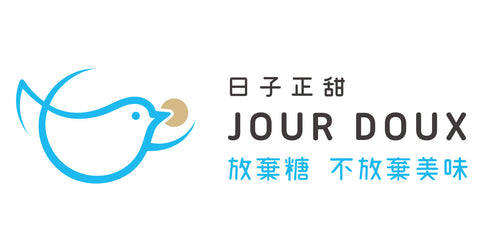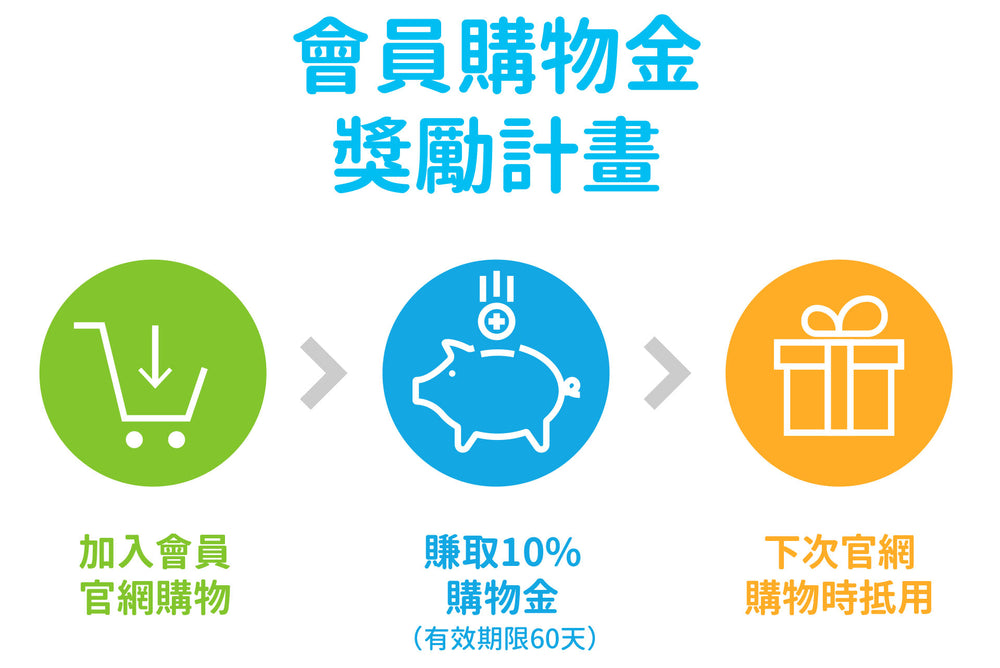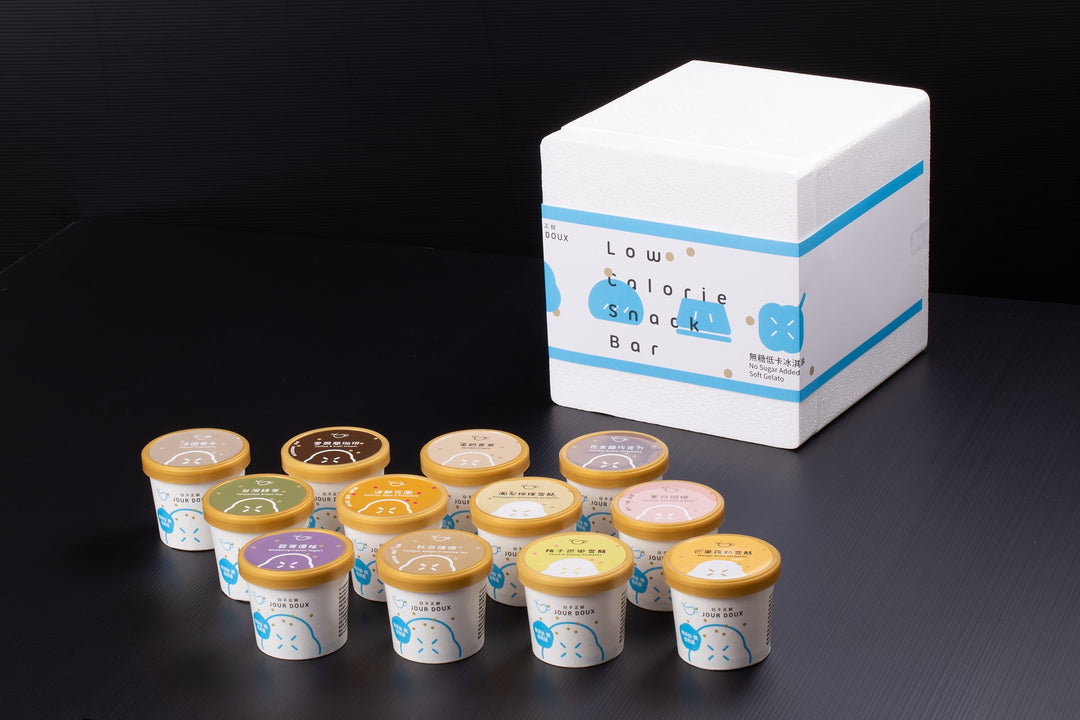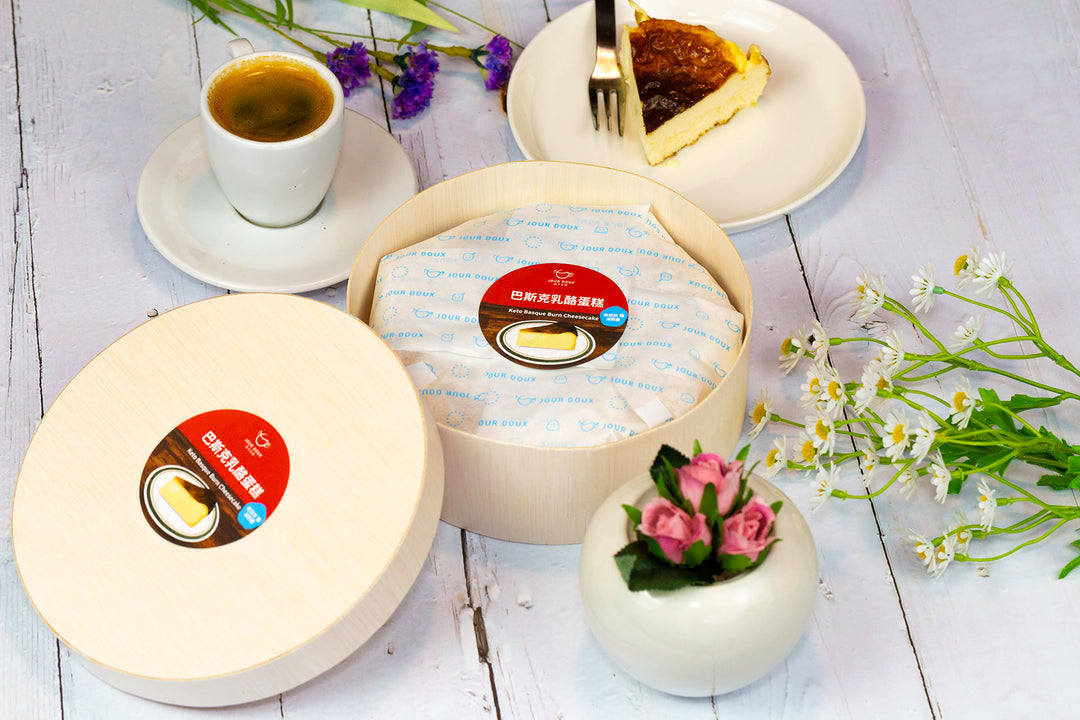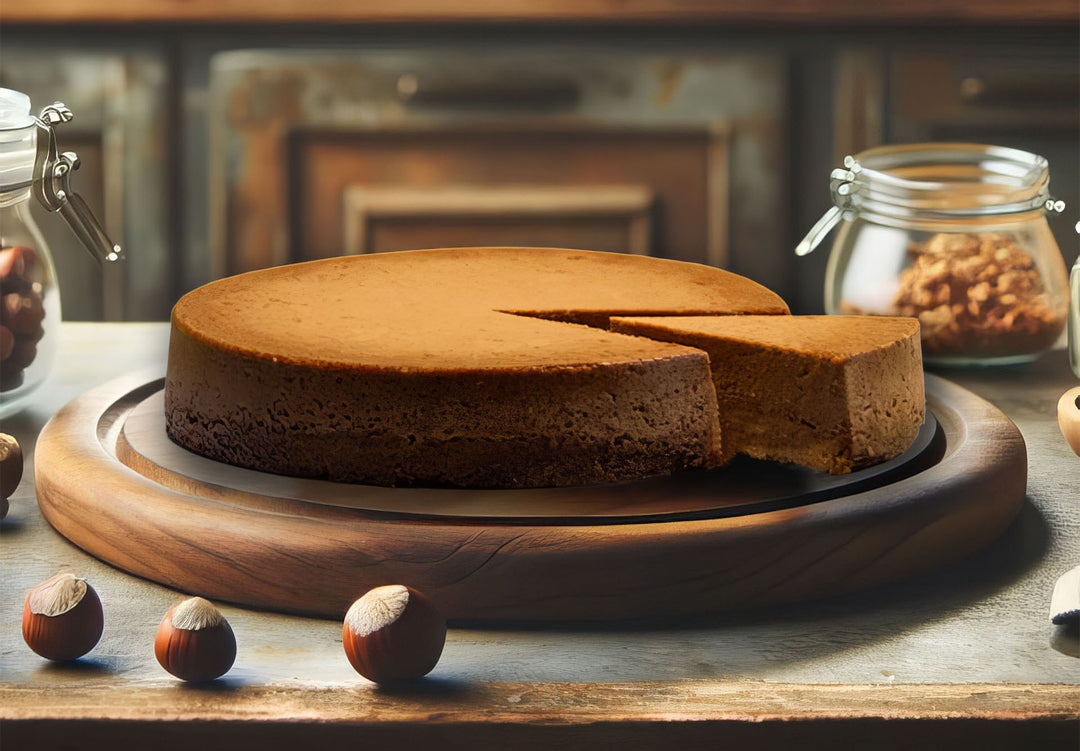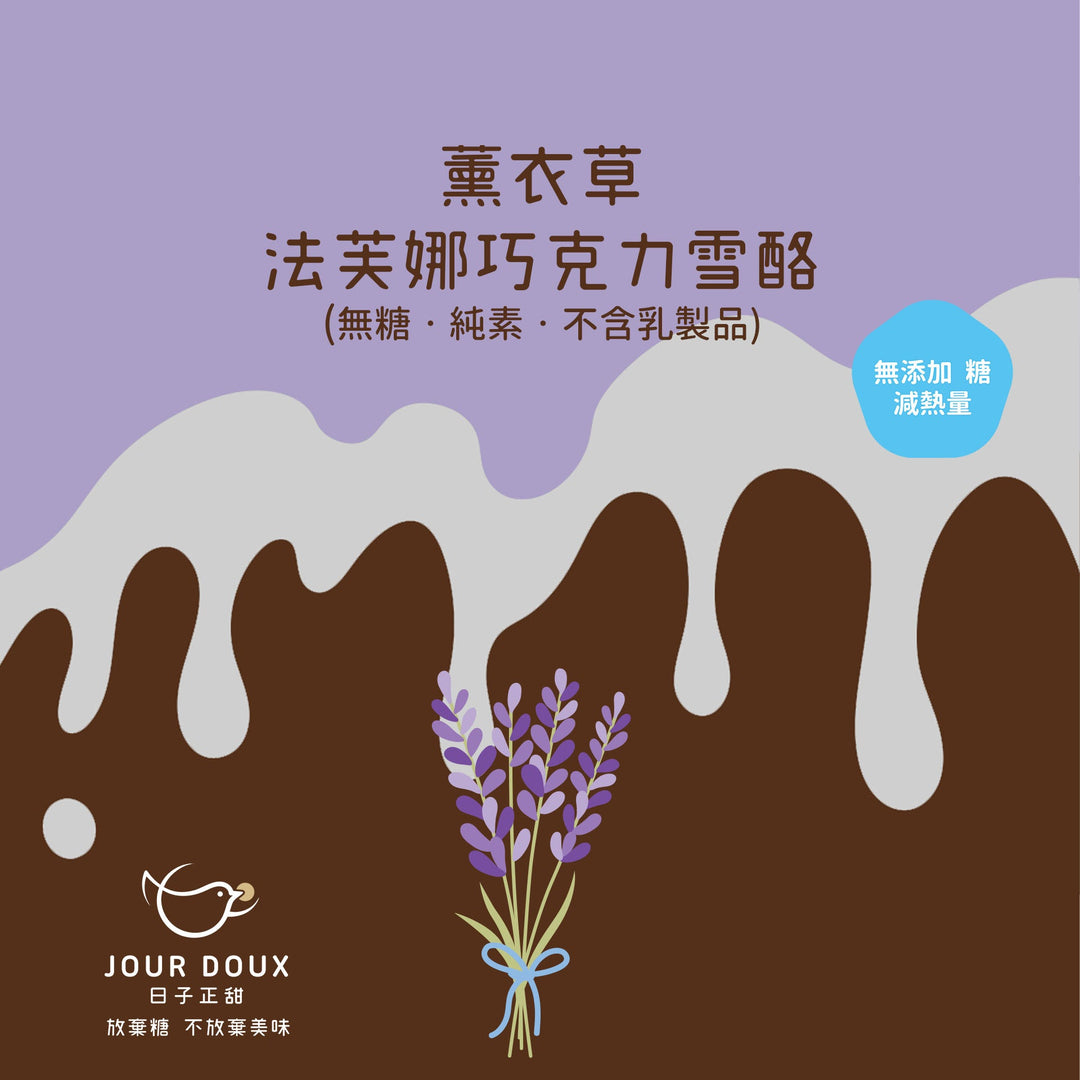Low glycemic index (Low GI) diet fat loss method
Glycemic Index (GI for short ) was originally a food index to help diabetics control blood sugar levels. It actually describes an unequal phenomenon: Among all carbohydrate-containing foods, some more refined foods are relatively easier to be absorbed by the body, which will cause a rapid increase in blood sugar levels, and these foods have a higher rise in blood sugar. sugar index. In contrast, certain carbohydrate foods containing more fiber, because the body absorbs the process slowly, the increase in blood sugar level is relatively stable. long satiety. 
The American medical website WebMD pointed out according to their research that in addition to helping prevent diabetes and cardiovascular disease, foods with a low glycemic index, compared with foods with a high glycemic index of the same calories, groups of people who eat foods with a low glycemic index can usually consume less more fat.
BBC nutritionist Jo Lewin explained the reason: when the blood sugar level rises rapidly, the body will secrete a large amount of insulin to break down the blood sugar and convert it into glycogen to meet the body's calorie consumption needs. Originally, after 30 minutes of aerobic exercise, the body will switch from consuming glycogen to burning fat to meet the body's caloric needs, but if the human body stores enough glycogen in high GI foods, the need for fat burning will be relatively reduced. In addition, a large increase in insulin will make the body feel drowsy and lethargic, and it will also promote hunger and make the body need to consume more carbohydrates. Therefore, high GI foods are actually a taboo for friends who need to lose weight and fat.

What about foods with a high glycemic index? We’d better pay more attention to foods with GI>70, such as fried rice / zongzi (132) , donuts (108) , French fries (107) , popcorn (103) , watermelon (103) , white bread (100) , rice (91), sweet potato (87) , mochi (85) , pineapple (84), taro (79) , udon noodles (79) , corn (78) , potato chips (77 )... etc. 
It is worth noting that we can't just use the GI value to choose food, but also consider the nutritional value and calories of the food. If sugar (27) has a lower glycemic index than honey (78) , the two clearly have different nutritional values. In addition , the glycemic index of peanuts (21) is much lower than that of mung beans (76), but every 100 grams of peanuts has 220 more calories than 100 grams of mung beans. In addition, the way food is cooked will also affect the glycemic index. These factors must be paid attention to when we adopt a low-glycemic index diet to lose weight.
WebMD link
BBC Good Food link
